The 50-40-10 Guideline
I created the 50-40-10 Guideline as a rule of thumb, based on experience and practice. Approximately 50% of communication takes place through body language, 40% through tone of voice, and 10% is expressed in the words themselves. While this rule of thumb is not rooted in scientific research, it is nevertheless a helpful guide for managing interactions effectively.
We often communicate through the written word—text and e-mails—in large part because it feels more efficient, and in the right contexts, it is. But this mode is also most prone to misunderstandings because we lack tonal and visual inputs. Emojis can only take us so far.
When we feel that something has gone awry, this is the moment to seek clarification through a phone call, a video call, or in person. If we don’t, we speculate about the motivation or reasoning behind someone’s message or silence. We often plan responses based on that speculation, and we may find ourselves in a mythical world inside our heads.
Face-to-face (F2F) is the fullest form of communication. We can witness a sigh, and see facial expressions that accompany a pause, for example. We can see whether the other person is grimacing in that pause, or giving thoughtful consideration to a response. We can clarify on the spot or probe further.
F2F is often impractical due to geographic distance, but sometimes we ascribe impracticality when we simply find it inconvenient; we don’t want to bother with a video-call or meeting. This is short-sighted because it leads us to weaken bonds rather than modify them for more effective collaboration. It leads us to operate with our input and interpretation only, rather than allowing new possibilities to emerge from the input of both parties. I sometimes wait a month or more to have a F2F conversation with a business colleague or friend when I need to clear the air.
Every mode of communication has its strengths and weaknesses. The key is to use all of them intentionally, knowing which form is most appropriate for a given circumstance. In the long run, this produces the best outcomes. Contact us to learn more.
———
Copyright © 2019 Sharon V. Kristjanson. All rights reserved.

